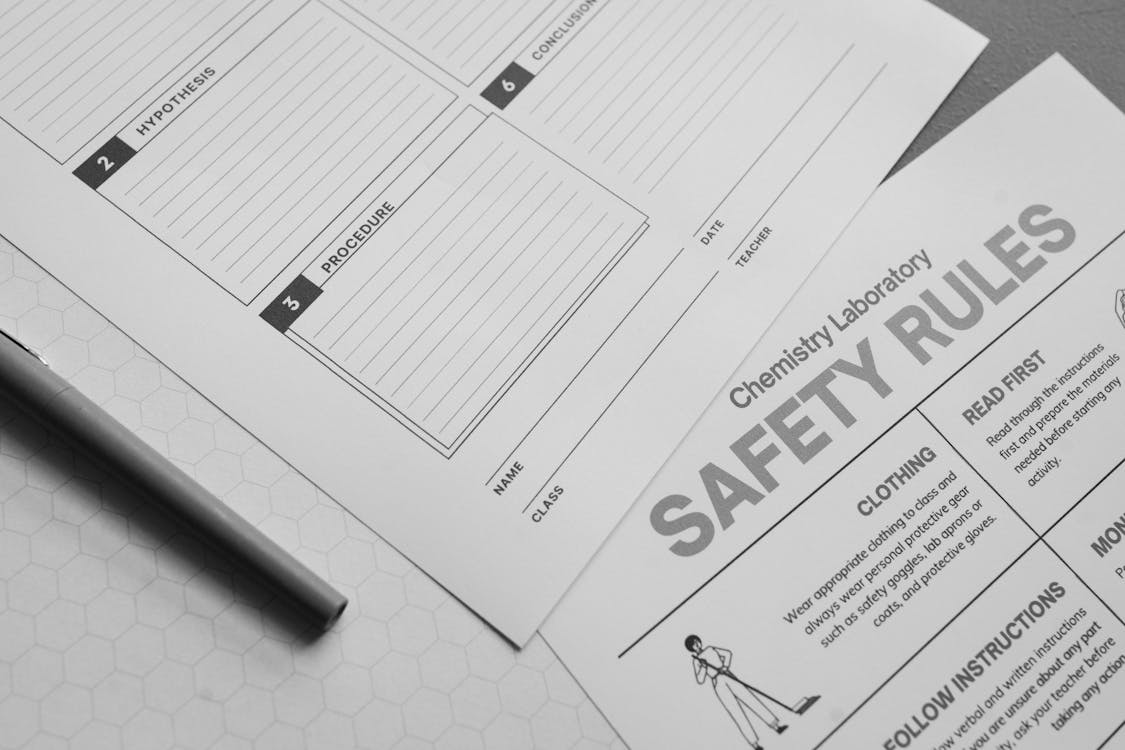In the fast-paced world of healthcare, X-ray rooms play a pivotal role in diagnostics, enabling medical professionals to peer into the human body with unparalleled precision. Central to the functionality and safety of these rooms is lead glass, a specialized material designed to contain radiation. Proper maintenance of lead glass is essential to uphold clarity in imaging and ensure the safety of both patients and healthcare workers.
In this comprehensive guide, we will explore the importance of lead glass in X-ray rooms and provide practical tips on how to maintain it effectively.
Understanding the Role of Lead Glass
Lead glass, also known as radiation shielding glass, is a crucial component in X-ray rooms. Its primary function is to provide a barrier against ionizing radiation, protecting individuals in the vicinity from potential harm. Unlike regular glass, lead glass contains lead oxide, which enhances its ability to absorb and block radiation.
Maintaining the Clarity of Lead Glass
1. Regular Cleaning
One of the simplest yet most effective ways to maintain lead glass for an X-ray room is through regular cleaning. Dust, fingerprints, and other contaminants can accumulate on the surface, compromising the clarity of the glass and, consequently, the quality of the imaging.
Use a mild, non-abrasive glass cleaner and a soft lint-free cloth to clean the lead glass surface. Avoid using harsh chemicals, as they may damage the glass or interfere with its radiation-blocking capabilities. Regular cleaning not only ensures clear visibility but also helps identify any potential issues with the glass.
2. Inspection for Scratches and Cracks
Regular visual inspections are crucial to identifying any scratches, cracks, or other damages to the lead glass. Even minor imperfections can compromise the structural integrity of the glass and impact its ability to block radiation effectively.
If any damage is detected, it is imperative to address it promptly. Small scratches can often be polished out, but more severe damage may require professional intervention. Ignoring these issues can lead to increased radiation exposure, posing risks to both patients and healthcare professionals.
3. Protection from Physical Impact
Lead glass, though durable, is not immune to physical impact. It is essential to take preventive measures to protect the glass from accidental collisions or impact. Consider installing transparent protective shields or barriers in front of the lead glass to minimize the risk of damage.
Moreover, educate healthcare staff about the importance of handling equipment with care in the X-ray room. Implementing protocols for safe equipment movement and ensuring the proper storage of tools and accessories can contribute to maintaining the integrity of lead glass.
Ensuring Safety Standards
1. Radiation Leakage Monitoring
Regular monitoring of radiation leakage is critical in maintaining lead glass’s safety standards. Install radiation detectors in and around the X-ray room to measure any potential leaks. These detectors should be calibrated regularly to ensure accurate readings.
If any radiation leakage is detected, it is crucial to identify and rectify the source promptly. This may involve inspecting X-ray equipment, lead glass seams, or other potential points of weakness in the room’s construction. Taking immediate action will prevent unnecessary exposure to radiation.
2. Lead Glass Seam Inspection
The seams where lead glass panels meet each other or connect to the surrounding structures are potential weak points. Regularly inspect these seams for any signs of wear, gaps, or damage. If seams are compromised, radiation may leak through, compromising the effectiveness of the lead glass.
Seal any gaps or cracks in the seams using appropriate materials. This preventive measure ensures that the lead glass functions as a seamless barrier against radiation, adhering to safety standards.
3. Compliance with Regulatory Guidelines

Staying abreast of and adhering to regulatory guidelines is fundamental in maintaining lead glass in X-ray rooms. Compliance ensures that the facility meets the necessary safety standards and that the lead glass is installed, maintained, and inspected according to industry regulations.
Regularly review and update safety protocols based on the latest guidelines. This may involve training staff, performing equipment upgrades, or making structural adjustments to the X-ray room. Compliance not only ensures the safety of everyone involved but also helps in avoiding potential legal repercussions.
Contact Us Today
Here at A-fabco, Inc., we specialize in providing top-notch solutions for the healthcare industry. If you’re seeking expert guidance on maintaining lead glass in your X-ray room, we invite you to reach out to us. Our team is dedicated to ensuring the highest standards of safety and performance.
Let us partner with you to enhance the integrity of your lead glass, safeguarding both your patients and healthcare professionals. Contact us today, and let’s work together to elevate the quality and safety of your diagnostic imaging facilities.
Contact us today!
Summary
Maintaining lead glass in an X-ray room is paramount for both clarity in imaging and ensuring the safety of individuals exposed to ionizing radiation. Regular cleaning, inspection for scratches and cracks, protection from physical impact, monitoring radiation leakage, inspection of lead glass seams, and compliance with regulatory guidelines are all integral components of an effective maintenance strategy.
By incorporating these practices into the routine operations of healthcare facilities, medical professionals can uphold the highest standards of safety and precision in diagnostic imaging. As technology continues to advance, it is imperative that we remain vigilant in our commitment to maintaining lead glass integrity, ultimately contributing to better healthcare outcomes for patients and a safer working environment for healthcare professionals.






